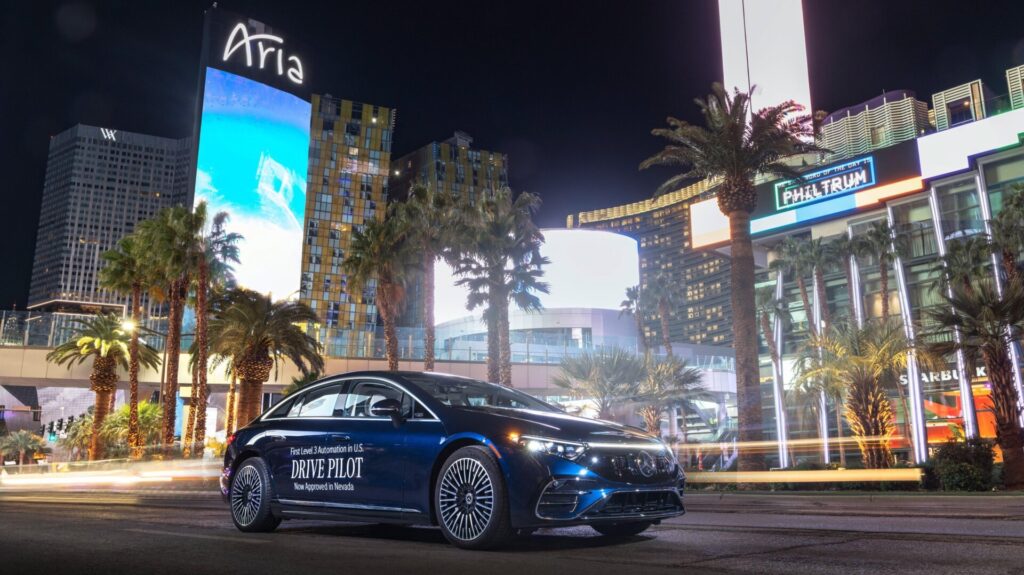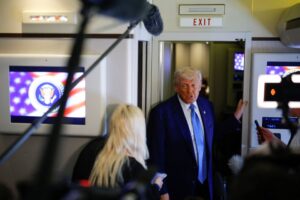
Mercedes-Benz reported a mixed performance for the second quarter of 2025, highlighting the impact of international tariffs on its global sales. The company’s figures, released on July 8, 2025, reveal a significant increase in demand for its luxury vehicles in the United States while facing challenges abroad, particularly in China.
Sales data indicates that demand for high-end models, including the AMG lineup and the iconic G-Class, surged by 26 percent year-over-year in the U.S. This growth is encouraging, as Mercedes-Benz’s overall strategy leans heavily on luxury offerings. However, despite this success, the company faced a 9 percent decline in global sales, attributing the downturn to “new global tariff policies” that have affected its ability to deliver vehicles efficiently.
According to Mathias Geisen, a member of Mercedes-Benz Group’s board, the company continues to see strong customer interest in markets such as the U.S. and Germany. Geisen stated, “We see good customer demand for our products, including our top-end vehicles, despite tariffs impacting our global sales.” This reflects a situation where consumer demand exists, but geopolitical factors are hindering the company’s operational effectiveness.
Between April and June, Mercedes sold 453,700 vehicles worldwide. The company noted that this figure could have been significantly higher without trade restrictions. In response, Mercedes is adjusting its strategy by slowing shipments and trimming dealer inventories to navigate the current market landscape.
U.S. Market Resilience and Chinese Competition
The U.S. has emerged as Mercedes-Benz’s second-largest market, contributing positively to the overall sales figures. Notably, top-end vehicles accounted for more than 14 percent of total sales in Q2, with AMG deliveries rising by 19 percent and G-Class sales increasing by an impressive 56 percent. Recent investments, including a new flagship dealership in Manhattan and the appointment of Adam Chamberlain as CEO of Mercedes-Benz USA, signal a commitment to capitalizing on this momentum. Chamberlain expressed optimism about the future, stating, “We’ll unlock the potential of this important market.”
Despite these gains in the U.S., Mercedes-Benz faces fierce competition in China. The brand remains a top luxury automaker in the region, but local companies like Tesla and BYD are intensifying the competitive landscape. Chinese government policies favoring domestic brands are squeezing the market for imported vehicles, forcing Mercedes to navigate a complex pricing environment.
Electrification and Future Prospects
Mercedes-Benz is also pushing forward with its electrification strategy, reporting a 34 percent increase in plug-in hybrid electric vehicle (PHEV) sales in the last quarter. xEVs, which include both battery-electric and plug-in hybrids, represented 21 percent of global sales and 40 percent in Europe. Nevertheless, the company did not disclose specific figures for fully electric vehicles, suggesting that the transition to all-electric models may not be progressing as rapidly as anticipated.
The introduction of new models, such as the all-electric CLA sedan, has been positively received in Europe, and Mercedes plans to unveil an electric GLC model later this year. This launch is part of what the company describes as “the biggest series of car launches” in its history, set for the second half of 2025.
Overall, the second quarter results illustrate the challenges Mercedes-Benz faces as it navigates a politically charged environment. While demand for luxury vehicles remains robust, the company’s strategies are being reshaped by external factors like tariffs and competition. As international trade dynamics evolve, Mercedes must continue to adapt its approach to maintain its position in a competitive global market.







